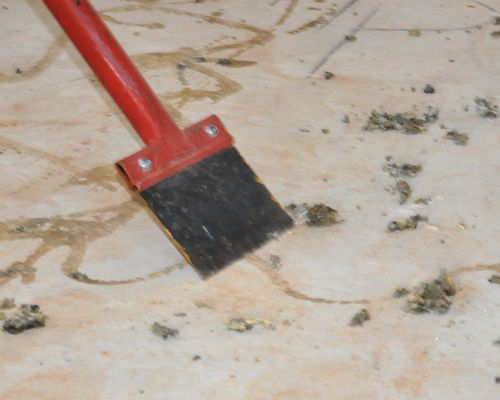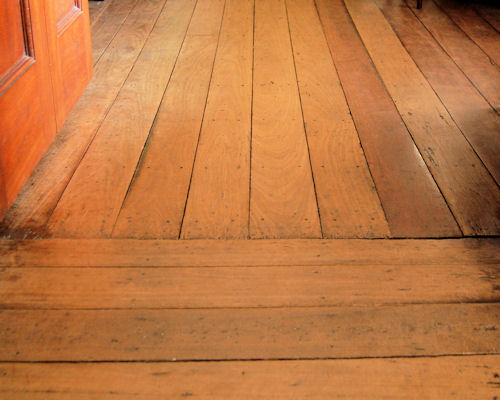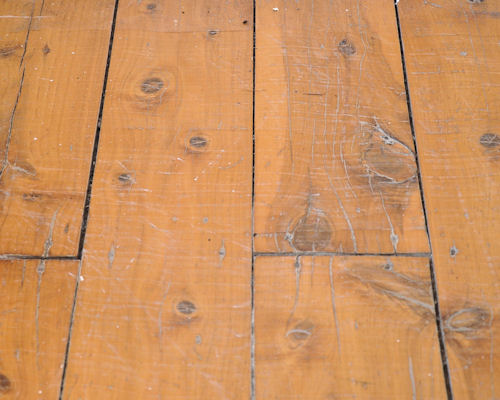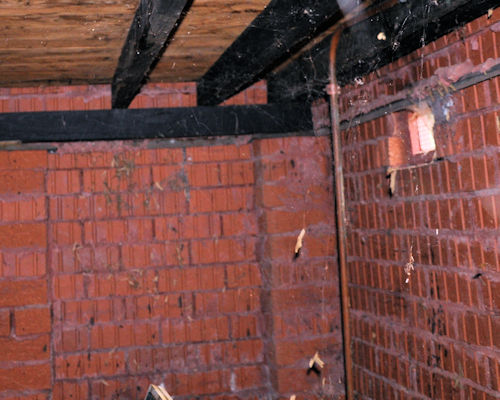Assessing the subfloor
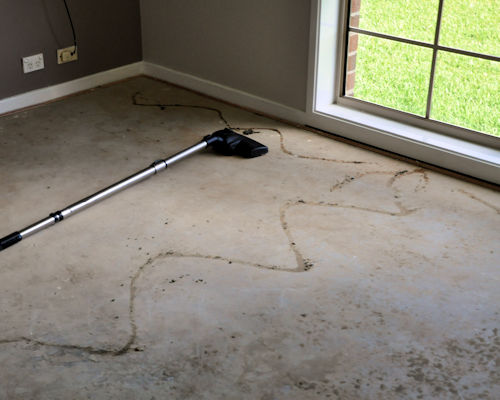 Audio for slide 1 (mp3 |6|KB)
Audio for slide 1 (mp3 |6|KB)
The first thing you need to do when you arrive on the jobsite is to assess the condition of the subfloor.
We've talked a lot about subfloor assessment in other units from the Flooring Technology series, including each of the units relating to particular floor coverings, plus the following units concerning subfloor preparation:

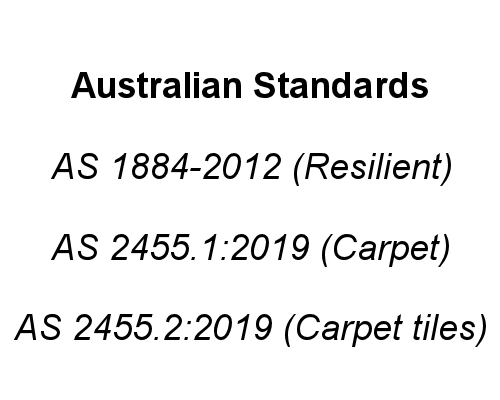 Audio for slide 2 (mp3 |6|KB)
Audio for slide 2 (mp3 |6|KB)
You'll also find technical information relating to acceptable subfloor specifications in the three Australian Standards listed below:
- AS 1884-2012 Floor coverings - Resilient sheet and tiles - Installation practices
- AS 2455.1: 2019 Textile floor coverings - Installation practice Part 1: General
- AS 2455.2: 2019 Textile floor coverings - Installation practice Part 2: Carpet Tiles

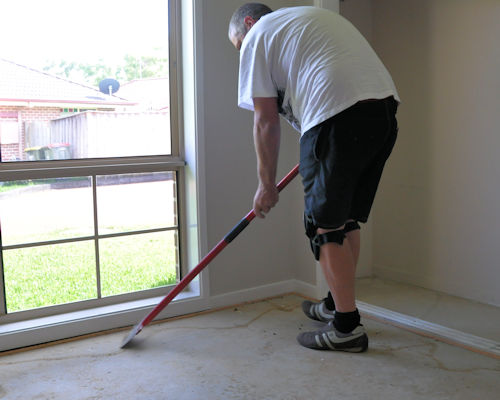 Audio for slide 3 (mp3 |6|KB)
Audio for slide 3 (mp3 |6|KB)
Below is a summary of the main things you should consider when you're assessing the subfloor prior to the installation of hard underlays.
Always keep in mind that as the installer, it's your responsibility to decide whether the subfloor is suitable and has been adequately prepared.
If you're worried that the substrate isn't suitable, or that there is an underlying problem that might cause trouble later on, don't ignore it.
Check with your supervisor or manager before going ahead.

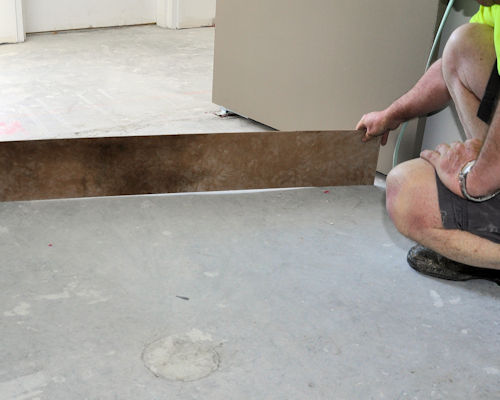 Audio for slide 4 (mp3 |6|KB)
Audio for slide 4 (mp3 |6|KB)
Questions to ask yourself
General issues
- Is the substrate generally smooth and flat?
Make sure that any variations in 'planeness' are within the tolerances set by the underlay manufacturer.
Although hard underlays are able to bridge small irregularities in the subfloor, they are not designed to span across high spots.
If the substrate is degraded due to exposure to the weather, you may need to sand the entire surface.

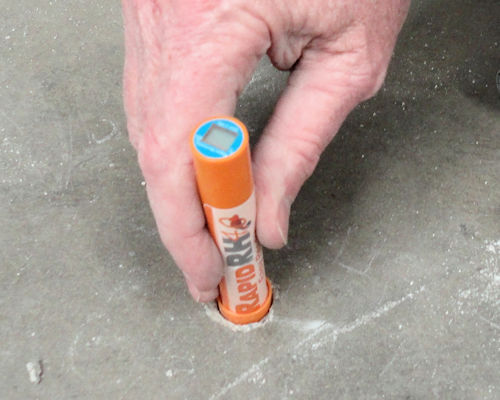 Audio for slide 6 (mp3 |6|KB)
Audio for slide 6 (mp3 |6|KB)
Concrete subfloors
- Are the relative humidity (RH) and alkalinity (pH) levels within the allowable limits?
Excessive moisture in the concrete subfloor can allow fungal spores or mould to develop.
There are limits set for RH and pH, both in the Australian Standards and in the underlay manufacturers' own installation instructions.
The only time you should over-ride these specifications is when an approved moisture barrier is being installed.

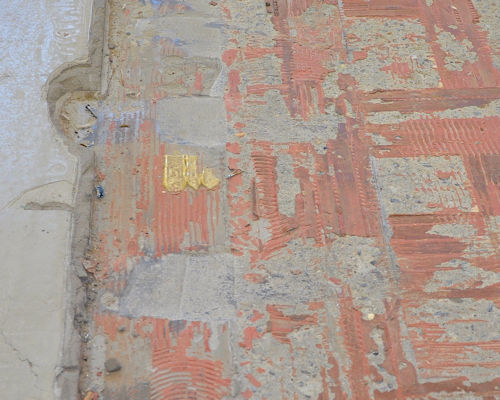 Audio for slide 7 (mp3 |6|KB)
Audio for slide 7 (mp3 |6|KB)
- Is the substrate sound and free from loose, powdery or scaly material?
If the substrate is concrete and you are planning to use adhesives, the surface must be sound and sufficiently porous to allow the adhesive to bond properly.
If it's not in good condition, the affected layer may need to be removed and resurfaced.

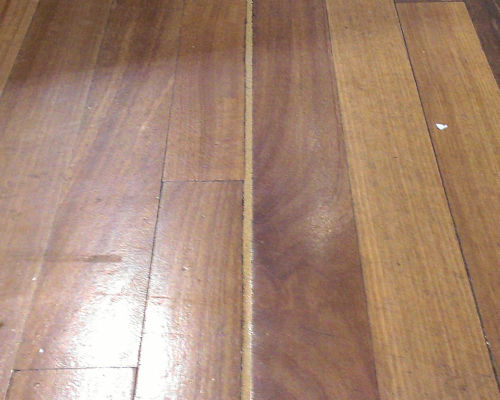 Audio for slide 8 (mp3 |6|KB)
Audio for slide 8 (mp3 |6|KB)
- Are there expansion joints in the floor?
Expansion joints need to be in good condition and free from dirt or obstructions.
You'll need to keep them clear and finish them off with approved cover strips in the finished floor.
Don't get mixed up with relief cuts that have been put into the concrete to stop it from cracking during the curing process. These will be a 5 mm wide saw cut.

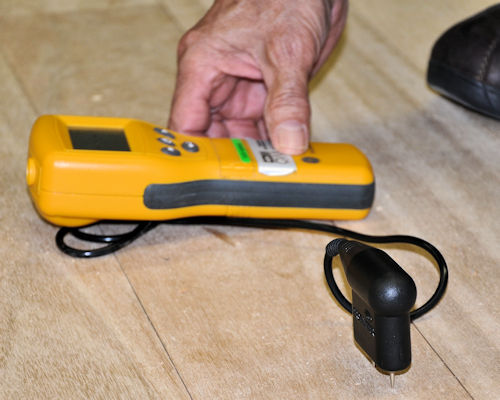 Audio for slide 13 (mp3 |6|KB)
Audio for slide 13 (mp3 |6|KB)
- Has the moisture content (MC) been checked and is it within the allowable limits?
The moisture content of structural members and floor boards or sheets must all be within the allowable MC range.
There must also be no evidence of plumbing or stormwater leaks that might have a long-term effect on the MC.


Learning activity
Audio 14 (mp3 |6|KB)Choose a particular hard underlay product and get a copy of the manufacturer's installation guide. Answer the following questions.
- What is the brand name of the product, and what type of underlay is it?
- Are there any types of subfloors that this product is not recommended for? If so, what are they, or what additional preparations would be required?
- What is the maximum moisture content allowable in the subfloor?
- What would you do if the moisture content in the subfloor exceeded the maximum reading allowable?






